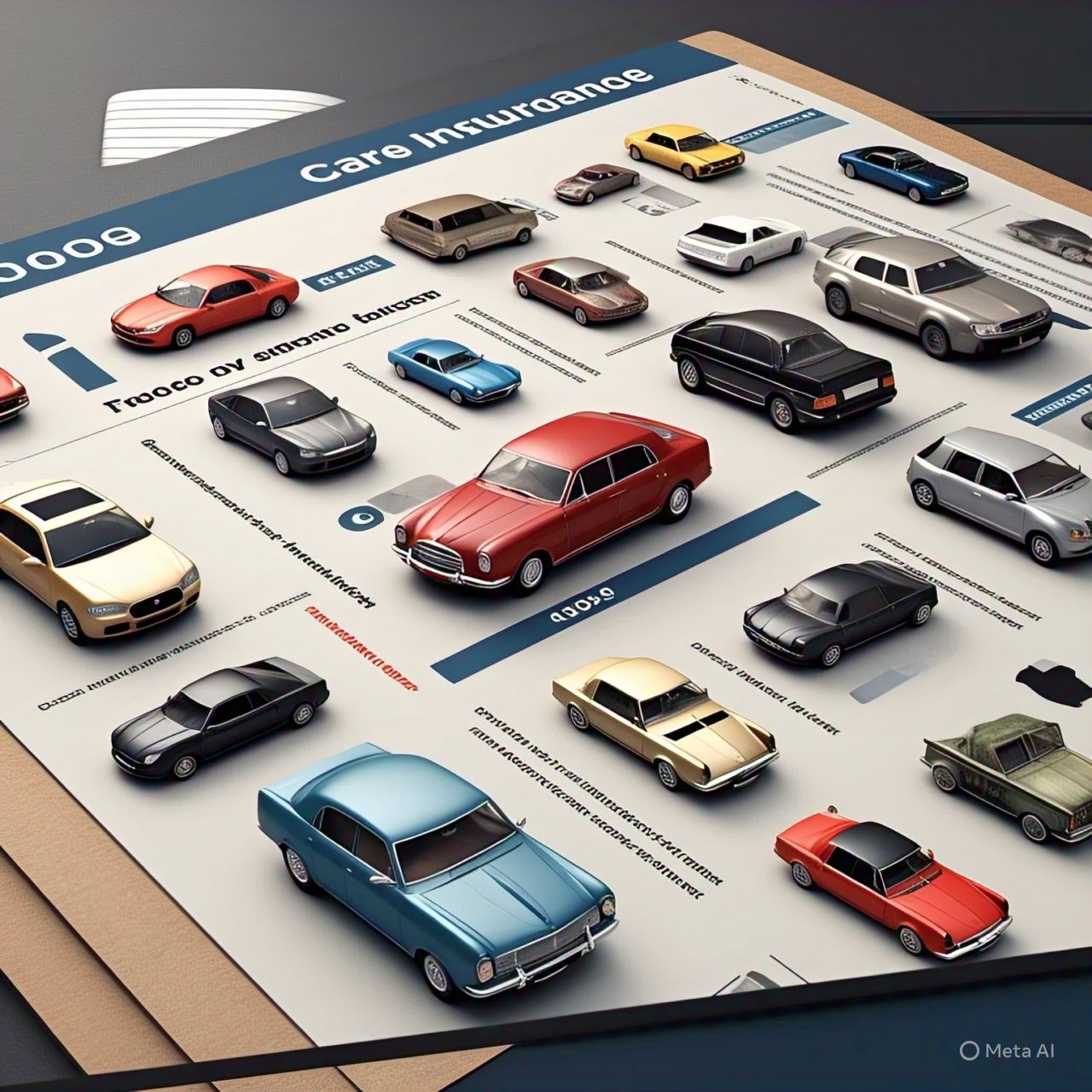
When it comes to auto insurance, terms like "liability," "collision," and "comprehensive" can sound confusing. While liability coverage is usually mandatory and covers damages you cause to others, collision and comprehensive coverages are optional (unless required by a lease or loan) and protect your own vehicle from physical damage. Understanding the difference between these two is crucial for choosing the right protection for your car.
Let's break down what Collision and Comprehensive coverage entail with CoverMyRideUSA.
What is Collision Coverage?
Collision coverage helps pay to repair or replace your car if it's damaged in a collision with another vehicle or object (like a tree, fence, or pole), or if it rolls over. This coverage applies regardless of who is at fault in the accident.
- Key characteristic: It covers damage resulting from an actual collision or impact.
- Deductible: You'll typically have to pay a deductible (a pre-set amount, e.g., $250, $500, $1000) out-of-pocket before your collision coverage kicks in to pay for the rest of the damage, up to the actual cash value (ACV) of your vehicle.
- Examples of when Collision applies:
- You hit another car.
- Another car hits you (and you choose to use your own coverage, or the other driver is uninsured/underinsured).
- You accidentally back into a pole.
- Your car flips or rolls over in an accident.
What is Comprehensive Coverage?
Comprehensive coverage (sometimes called "other than collision" coverage) helps pay to repair or replace your car if it's damaged by events that are not a collision. It covers a wide range of non-accident-related incidents.
- Key characteristic: It covers damage from perils other than collisions.
- Deductible: Like collision coverage, comprehensive coverage usually has a deductible that you must pay before the insurance benefits apply, up to the ACV of your vehicle.
- Examples of when Comprehensive applies:
- Theft or vandalism.
- Fire or explosion.
- Natural disasters (earthquake, flood, hurricane, tornado, hail).
- Falling objects (like a tree branch).
- Damage from hitting an animal (e.g., a deer).
- Windshield damage or glass breakage (some policies offer full glass coverage with no deductible or a lower one).
Think of it this way: Collision covers your car when it hits something, or something hits it. Comprehensive covers most other types of physical damage.
Key Differences Summarized:
| Feature | Collision Coverage | Comprehensive Coverage |
|---|---|---|
| Primary Purpose | Damage from impact with another vehicle or object; rollovers. | Damage from non-collision events (theft, fire, weather, animals, etc.). |
| Fault | Covers damage regardless of who is at fault. | Fault is generally not a factor as these are often "no-fault" type events. |
| Deductible | Yes, typically applies. | Yes, typically applies (may have exceptions for glass). |
Do You Need Both?
While liability coverage is a legal must-have in most states, collision and comprehensive are generally optional if you own your car outright. However:
- If you lease or finance your car: Your lender or leasing company will almost certainly require you to carry both collision and comprehensive coverage to protect their financial interest in the vehicle.
- If you own your car outright: The decision depends on factors like your car's age and value, your financial situation (can you afford to repair or replace it yourself?), and your risk tolerance.
- For newer or more valuable cars, both coverages are highly recommended.
- For older cars with low market value, the cost of the coverage plus the deductible might outweigh the potential benefit. Some owners choose to drop these coverages on older vehicles to save on premiums.
Making the Right Choice
Consider the actual cash value (ACV) of your vehicle. If the cost of collision and comprehensive coverage, plus your deductible, is close to or exceeds the ACV, it might not be cost-effective. However, remember that even a seemingly minor repair can be expensive. Having these coverages can provide significant peace of mind.
Always discuss your specific needs with your insurance agent to determine the right level of coverage for your situation and budget. Understanding these options helps you build a policy that truly protects your investment.
Is Your Vehicle Adequately Protected?
Don't get caught out. Ensure you have the right mix of collision, comprehensive, and liability coverage. Compare policies and quotes now.
Review Your Coverage Needs